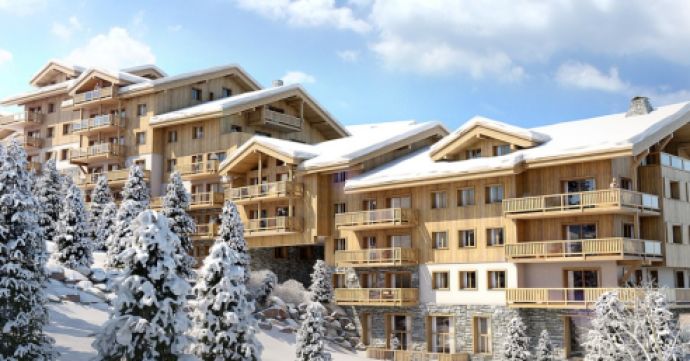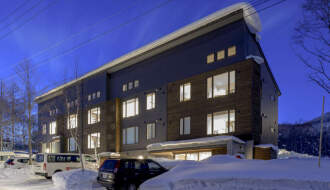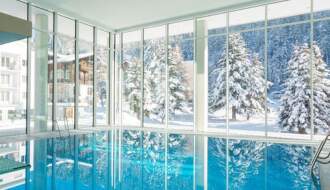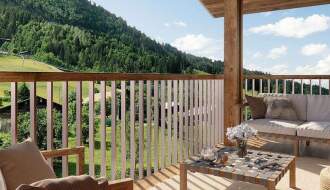The ski market is changing – and this brings with it new opportunities for anyone looking to buy or sell a ski home. With improved infrastructure, a whole wave of new buyers, changing habits for rentals and potentially even changing weather patterns, there’s a whole lot of ‘new’ on the horizon. So, what are the key trends in the ski property to be aware of in 2019?
Wave of new skiers
The demographics of skiing are changing and, if you’re buying an investment property to rent out, then it could pay dividends to change whom you target. The big growth is coming from Chinese skiers. With China hosting the 2022 Winter Olympics, the government is encouraging greater participation in the sport – and the country now has 12 million skiers. By 2022 itself, the number of Chinese skiers is expected to 118 million, almost the same as the current total number of skiers in the world. Most of the country’s skiers head abroad, so there is plenty of rental opportunity, especially in beginner-friendly resorts.
Improved infrastructure
We’re seeing resorts investing more and more in their infrastructure, with new snow cannons and lifts at Chamonix, new gondolas and snow cannons at Megève, a CHF300mil regeneration project in Verbier and even a new railway station at Andermatt, for instance. Increasingly, we’re also seeing great linking of different sites, such as the planned one between Zell am See and Saalbach. Knight Frank figures show that investment in a ski resort’s infrastructure can see a 20% increase in rental occupancy. If you’re purchasing as an investment, this is one of the key trends in the ski property to keep an eye on.
Easier rentals
It almost goes without saying that one of the key trends in the ski property market is the ease of renting out your property. Where before, owners would have needed to have go through an agency, the rise of platforms like Airbnb mean that it takes much less effort – and no middleman – to strike out in the lettings market. In fact, according to Savills, almost one third of ski property owners now say they make a profit from their home, with a median net yield of 2.9%.
New types of properties also make it easier to enter the investment market, even in countries with restrictions on second homes, like Switzerland’s Lex Weber. A residence hotelière adopts a model seen outside of the ski market in prime tourist locations like London, allowing you to purchase a holiday home within a hotel-like complex as a commercial acquisition. There are, however, normally some restrictions, such as a maximum time period you can use it yourself in a year.
New laws on second homes
Some countries, particularly in the most popular areas, are following a broader trend and trying to manage the purchase of second homes. Switzerland, for instance, passed the Lex Weber in 2018, which puts a 20% cap on second homes being built per each commune. This follows the much older Lex Koller, controlling the number of homes that can be purchased by foreigners.
In France, we also see varying changes to the local zoning laws (plans d’urbanisme). Chamonix, for example, is restricting the height of new developments, Courchevel is encouraging the renewal of existing housing stock and Megève is planning for greater home construction.
In Austria, although there are some restrictions on non-EU nationals in Salzburg, Carinthia, Tyrol and Vorarlberg, you can buy in the rest of the country without being from the EU, as long as you obtain government permission.
These rules may seem stringent, but many consider them a good thing – the help to keep the quality of the ski resorts high, and mean that, with such a strictly controlled process, you can be reassured that your investment is in a safe place.
Changing climate
Another important trend in the ski property market to be aware of is the changing climate. Snowstorms are expected to be heavier, but less frequent. That said, the previous year saw record snowfall across the Alps – so it could be that we are heading for greater unpredictability. This could mean we see yet greater interest in high-altitude resorts, to help compensate for this.
Many of the Alpine resorts with the most reliable snowfall, such as Val d’Isère and Chamonix, have a relatively small supply of available properties. With high demand, we can expect to see continued price growth in the future – excellent news for investors.
Brexit fears
We’re now well past the original date for the UK’s exit from the European Union, and none the wiser what the final result will look like. Concerns over this uncertainty – and British buyers putting off until they know what will happen – have certainly been raised, but are not entirely necessary. As we’ve previously explained, it is possible to buy a ski home as a British buyer after Brexit.
The second concern is, of course, the increase volatility of the currency markets. For anyone buying a home in euros with pound sterling, this is a natural concern. What if, after you make an offer, the markets plummet before I actually pay the deposit? The easiest way to control this risk is with a bit of prior planning. As our Property Buyer’s Guide to Currency explains in more detail, many British buyers use a fixed exchange rate so that, even if the markets move, your rate doesn’t.
Buying a ski property in 2019
If you’re thinking of purchasing a ski home, then don’t miss your free country buying guides. They explain in detail the purchase process if you’re buying from abroad, as well as how to manage the financial and tax aspects.





 Apr 22, 2024
Apr 22, 2024

